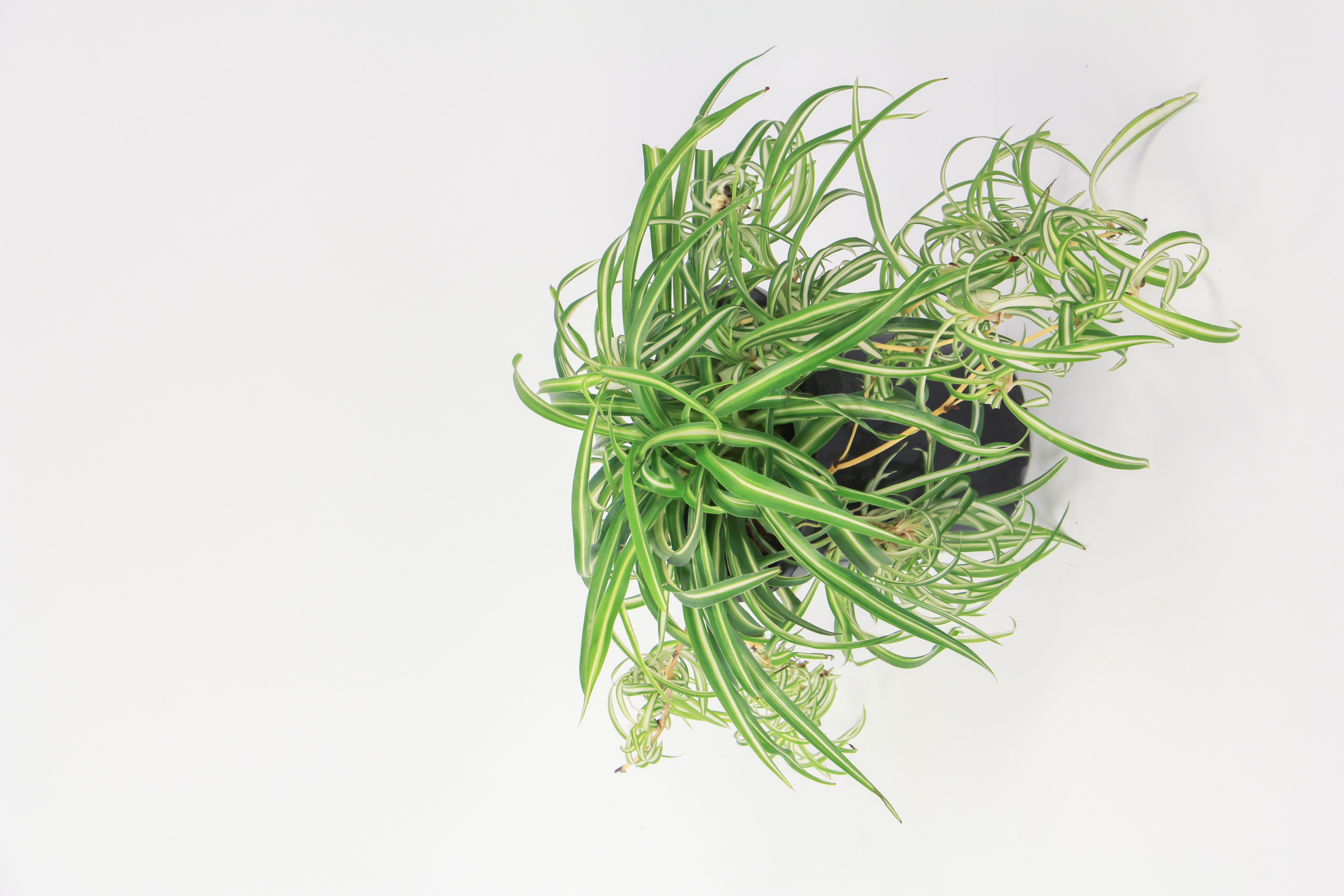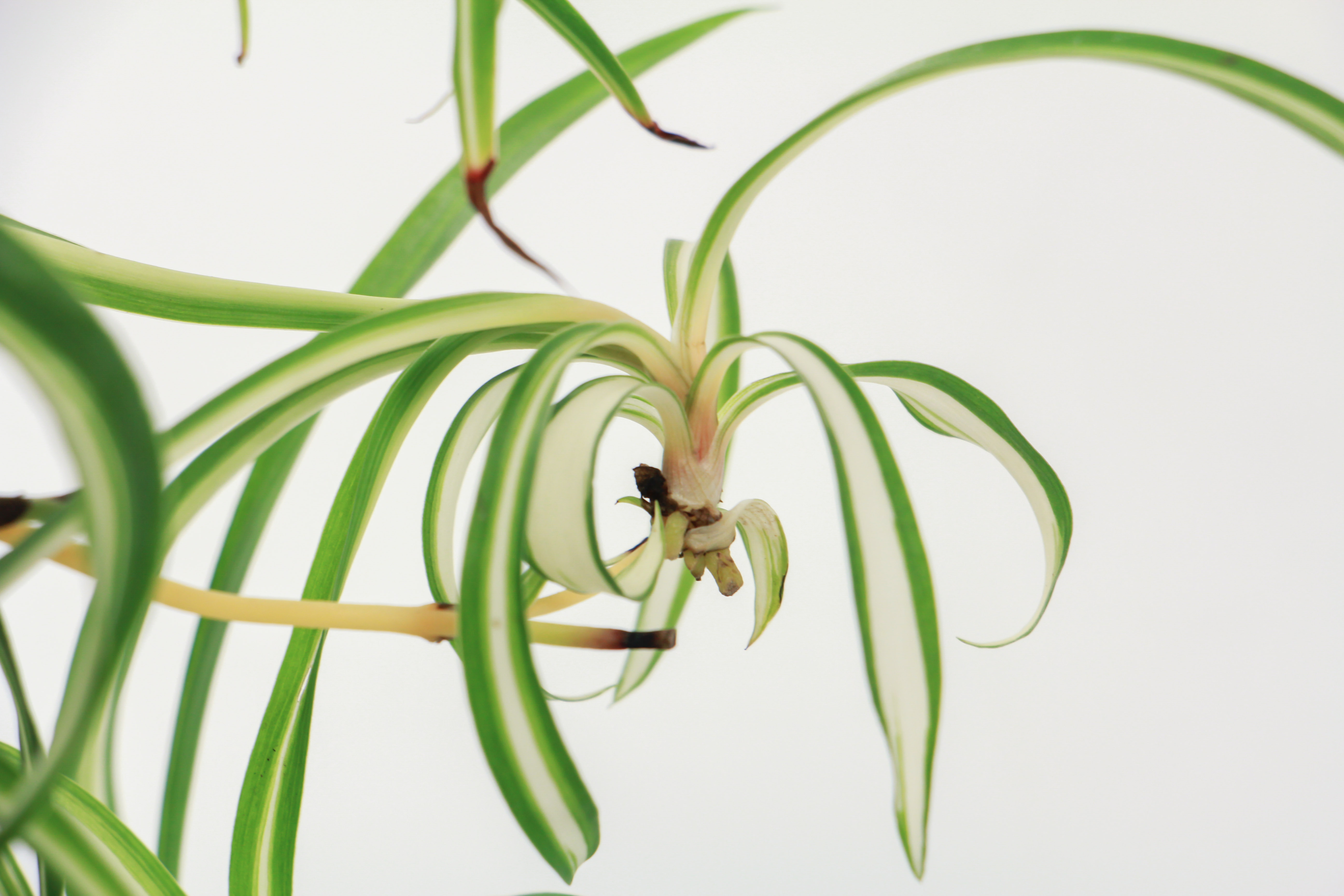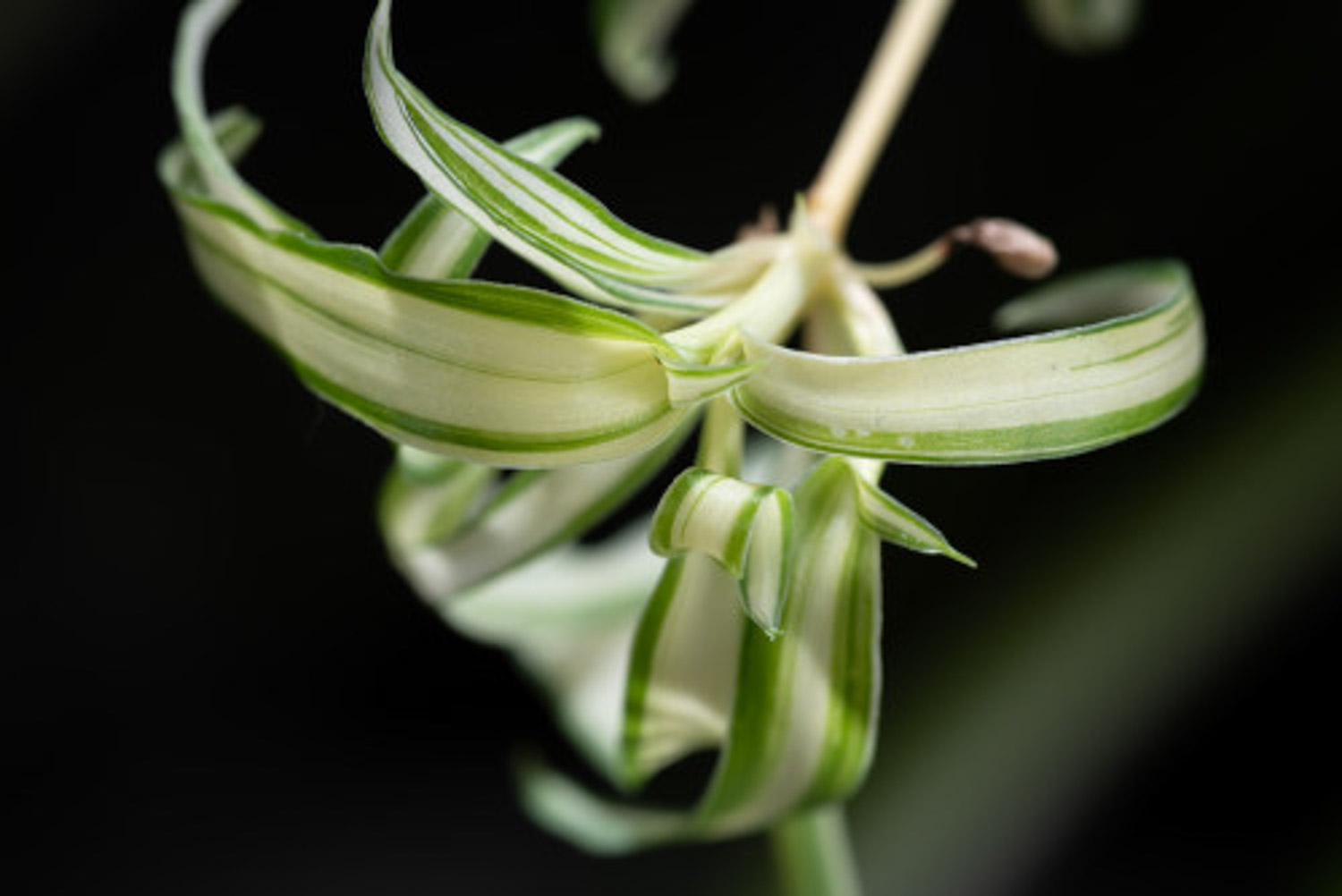1、 Breeding environment
1. Soil: loose soil with good drainage should be used to raise Chlorophytum. If the soil has poor drainage, it is easy to accumulate water and cause the root system of the plant to rot
2. Moisture: it likes to grow in a humid environment, but it should be watered more when it grows vigorously. After the weather becomes cold in autumn and winter, the watering amount must be controlled and the watering times should not be too many to avoid ponding. The water evaporates quickly in summer, so you can spray some water on the leaves appropriately

3. Fertilization: Chlorophytum is very fertilizer resistant, and organic fertilizer is generally applied once a week in spring and autumn. If you do not apply fertilizer for a long time, it will cause the leaves to turn yellow. The amount of fertilizer should be controlled and not excessive
2、 Breeding method
1. Ramet propagation: this propagation method is not suitable for low temperature environment. Ramets can be carried out in spring, summer and autumn. Watering should be suspended in the first half of ramets to keep the soil dry. When dividing plants, cut off the plants on the flower stems, and then plant them separately

2. Cutting propagation: first cut off the stems and leaves on the stems, and then plant them. After planting, it needs to be watered and placed in a cool place for curing
3、 Common diseases and insect pests
Common diseases and insect pests of Chlorophytum: whitefly, aphid, scale insect and root rot. After the plant is found to be damaged by diseases and insect pests, it shall be sprayed with corresponding chemicals immediately. At the same time, the damaged branches and leaves should be trimmed off to prevent it from harming more branches and leaves


 how many times do yo...
how many times do yo... how many planted tre...
how many planted tre... how many pine trees ...
how many pine trees ... how many pecan trees...
how many pecan trees... how many plants comp...
how many plants comp... how many plants can ...
how many plants can ... how many plants and ...
how many plants and ... how many pepper plan...
how many pepper plan...




























